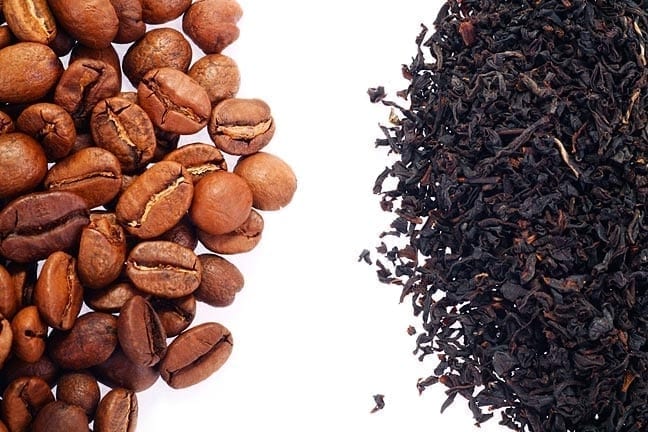If you are currently following a ketogenic diet, also called keto, then you have probably…

Clean Water Project Takes Aim at Chemical Used in Some Coffee Decaffeination

Methylene chloride, a substance routinely used in chemical-based coffee decaffeination processes is receiving renewed attention after the United States Environmental Protection Agency for the first time banned it in specific consumer applications last year.
In a white paper released last week, the nonprofit third-party-certifier Clean Label Project set its crosshairs on the liquid chemical (a.k.a. dichloromethane), which is the most common chemical used in solvent-based decaffeination.
While water-based decaffeination processes (i.e. Swiss Water Process) — which do not involve methylene chloride — have continued to present a popular alternative to chemical processing, the new research found that products from 10 of 25 leading decaffeinated coffee brands contained methylene chloride.
“The presence of methylene chloride is the result of its use as the main solvent in the decaffeination process in some products,” Clean Label Project Executive Director Jaclyn Bowen said in an announcement last week. “However, there also are 100% chemical-free decaffeination processes.”
A complete list of the brands tested can be found here. In its report, the Clean Label Project said it attempted to discover the top-selling decaf brands from the websites of Wal-Mart, Target and Amazon, then it purchased those products in stores, just as consumers might, before subjecting the coffees to laboratory testing.
To be clear, there’s nothing illicit or particularly shocking about the presence of the chemical in these store-bought coffees. Solvent-based decaffeination using methylene chloride has been an established production practice for decades. Since a landmark 1985 decision, the United States Food and Drug Administration allows the presence of methylene chloride of up to 10 parts per million, a number that is generally much higher than what is found in the finished product — by comparison, the Clean Label Project measured the chemical in the store-bought coffees in parts per billion.

What has changed here is the context — particularly the public perception of methylene chloride — since the Environmental Protection Agency last year banned its sale to consumers for use as a paint remover. The ban followed multiple deaths related to acute exposure to the liquid chemical, although lower levels of exposure — including absorption through the skin — have been found to result in dizziness, a lack of ability to concentrate, nausea, headaches, suffocation, loss of consciousness and more.
The Clean Label Project makes no attempt to directly associate the presence of low levels of methylene chloride in coffee to any specific health events, although bringing attention to such chemicals, specifically as they relate to food packaging, remains central to the group’s mission. The group also encourages consumers to seek out decaffeinated coffees that involve water-based decaffeination.
“Recognize that decaffeinated coffee has many important qualities,” the Clean Label Project report on the decaf market states. “In fact, coffee is the biggest source of antioxidants in the American diet. Drinking two or more cups of decaf coffee per day has also been linked with up to a 48% lower risk of developing rectal cancer. Remember, there are many great-tasting decaffeinated coffees across all price points that don’t use this chemical. Find a decaffeinated coffee that best represents your health and environmental priorities.”
Related Reading
Nick Brown
Nick Brown is the editor of Daily Coffee News by Roast Magazine. Feedback and story ideas are welcome at publisher (at) dailycoffeenews.com, or see the “About Us” page for contact information.







